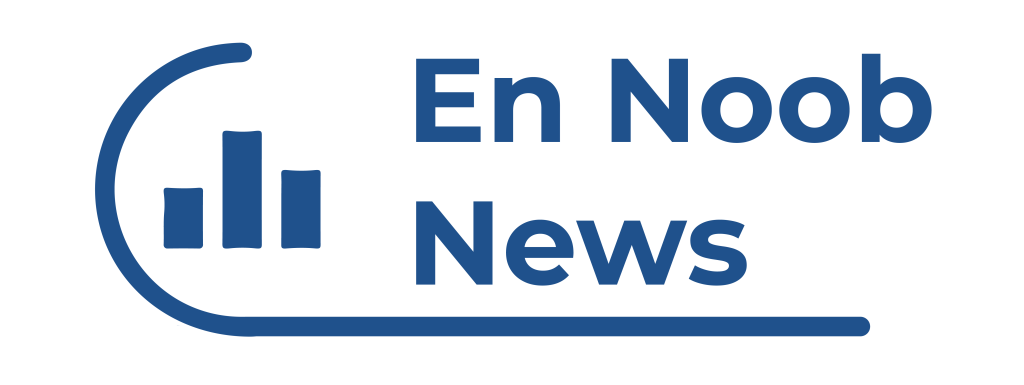Have you ever wondered why many Canadians find the loan process tough? This guide aims to make it easier. It explains the different loan types, lenders, and steps you need to take.
With this guide, you’ll learn how to get a loan in Canada easily. It simplifies the process, making it less scary. Knowing what to do can make getting a loan much simpler.
This guide will help you feel ready to handle your financial needs. It covers important topics like lenders, interest rates, and how to pay back your loan. It’s designed to make your loan journey successful.
Understanding the Loan Types Available in Canada
Canada has many loan types to fit different financial needs. You can find Personal Loans, Mortgages, Auto Loans, and Student Loans. Personal Loans are usually unsecured and can be used for many things like paying off debt or fixing up your home. They often come with fixed payments and interest rates.
Mortgages are key for buying a home. They are secured by the property, so it’s important to know the terms. You can pay back the loan over many years, making it easier to manage the cost of your home.
Student Loans help those going to college. Canada has both federal and provincial programs. These loans offer flexible repayment based on how much you earn after you graduate. It’s important for students to understand who can get these loans and how much they can borrow.
Choosing the right loan depends on your financial situation and future plans. Look at government-backed loans for better rates. Also, consider private loans to find the best fit for you.
Key Factors to Consider Before Applying for a Loan
Before you start the loan application, it’s key to know a few important things. Understanding your finances is crucial. This means making a budget, checking your monthly costs, and seeing if loan payments fit your budget.
It’s also vital to know the Loan Eligibility Criteria. Things like stable income, credit score, and current debts matter. Check your credit report, fix any mistakes, and see how good your credit is. This helps you talk better with lenders.
Think if you really need the loan. Ask if it matches your financial goals and situation. Do your homework and compare different loans. This way, you find a loan that’s right for you and has good terms.
Essential Pre-Application Requirements
Before you start looking for a loan, it’s important to know what you need. You’ll need to gather Financial Documentation that lenders ask for. This includes things like your ID, recent pay stubs, and proof of where you work.
Having a good Credit History is key to getting a loan. It shows if you can handle your credit well. A strong credit score can get you better loan terms. So, check your credit score and make sure everything is right.
Getting your financial papers ready ahead of time makes things easier. Take time to collect your documents and check your credit. Being well-prepared can help you get better loan terms and increase your chances of approval.
The Complete Guide to Getting a Loan
The Loan Application Process can seem overwhelming. This Step-by-Step Guide helps you understand it better. First, figure out your financial needs. This will help you know what kind of loan you need.
Then, it’s important to research different lenders. They offer different interest rates and terms. This step is key to finding the right loan for you.
After finding potential lenders, you’ll need to submit your loan application. Once you’ve applied, you’ll wait for a response. It’s crucial to carefully review any loan offers you receive. Make sure they meet your financial goals.
How to Improve Your Credit Score for Better Loan Terms
Improving your credit score is key to getting better loan terms. Understanding how to boost your score is crucial. Factors like payment history, credit use, and credit length matter a lot. Paying on time and using credit wisely shows you’re responsible.
Timely payments are vital for a good credit score. Making a budget helps pay bills on time. This boosts your financial health. Paying off debts, especially high-interest ones, also helps your score and saves money.
Too many credit checks can hurt your score. Avoiding this is smart. Following these tips can lead to a healthier credit profile. This means better loan terms in the future.
Choosing the Right Lender for Your Needs
Choosing a lender is a big step in getting a loan. In Canada, there are many lenders to pick from. It’s important to find one that fits your financial needs.
Banks, credit unions, and online lenders each have their own strengths and weaknesses. You need to look at each option carefully. This way, you can have a good borrowing experience.
When looking at lenders in Canada, it’s key to check their reputation and customer service. Reading what others say about them can help. Look for a lender with a good history and clear communication.
Doing a detailed loan comparison is also important. This helps you see the differences in rates, fees, and how you’ll pay back the loan. This way, you can choose the best option for you and avoid any surprises.
Choosing the right lender takes time and effort. Focus on their reputation, service, and loan terms. This will help you find a lender that meets your financial goals.
Navigating Interest Rates and Loan Terms
Understanding Interest Rates is key to managing loan costs. Loan Terms Explained help you see how much you’ll pay over time. There are mainly two types of interest rates: Fixed and Variable.
Fixed rates stay the same, making financial planning easier. Variable rates change with the market, offering lower payments at first but risking higher costs later.
When you apply for a loan, knowing how rates are set is crucial. Lenders look at your credit score, loan amount, and the economy. Knowing what to expect in loan duration and monthly payments helps you prepare financially.
Understanding loan terms for your situation can lead to better decisions and savings. It’s all about making informed choices.
What to Avoid When Applying for a Loan
Applying for a loan can be tough, with many pitfalls that might harm your finances later. A big mistake is not reading the fine print of loan agreements. Many miss out on important details like fees, interest rates, and how to pay back the loan. This can lead to surprise costs and problems later on.
Not asking for clear explanations is another common error. People often don’t ask lenders about confusing terms, leading to misunderstandings. It’s key to talk openly and make sure you understand everything about the loan.
Also, taking on too much debt is a mistake. Applying for many loans quickly can hurt your credit score. This can make it harder to get the loan you need and trap you in debt. Making smart choices and knowing your financial needs is the first step to avoiding debt.
Being careful and informed is key when applying for a loan. Knowing these common mistakes helps you avoid them. Stay alert and well-informed to achieve financial stability and success.
Steps to Take After Receiving a Loan Approval
Getting loan approval is a big step. It’s important to know what to do next. First, read the loan agreement carefully. It has all the details like interest rates and repayment plans.
Next, make a repayment schedule. This plan shows how much you’ll pay each month. It helps keep your finances on track.
Using your loan money wisely is key. Whether it’s for a new roof or paying off debt, plan carefully. Also, talk to your lender if you need to change your payments.
Tips for Managing Your Loan Payments Effectively
Managing your loan payments well is key to keeping your finances healthy. Setting reminders for when payments are due can help avoid late fees. Using technology, like automatic payments, makes it easier to stay on track. This approach helps you stay financially responsible.
Creating a budget is also crucial. It helps you see how much money you have coming in and going out. With a clear budget, you can make smarter financial choices. This helps you avoid getting overwhelmed by debt.
Talking to your lender is important if you’re having trouble making payments. Letting them know about any issues early on might lead to better payment plans. Knowing your options can make managing debt less stressful and keeps you financially responsible.
🔔 How to Apply for a Personal Loan: A Step-by-Step Guide
Resources and Tools to Simplify the Loan Process
Using Loan Process Tools can make getting a loan much easier. Budgeting calculators help people see how much they can borrow. This way, they know their financial limits before applying for a loan.
Loan calculators are also very helpful. They show what monthly payments and interest costs might be. This lets borrowers compare different loans and choose the best one for them.
Financial planning apps can speed up your financial progress. They help track and forecast your money. By using these apps, you can make smarter loan choices and improve your financial health.
Understanding Common Loan Myths and Misconceptions
Many people believe wrong things about loans, which can lead to bad financial choices. One big myth is that only banks give loans. But, there are many lenders like credit unions, online sites, and peer-to-peer options. Knowing about these can help find the right financial help.
Another myth is that loans always hurt your finances. While loans can be risky, they can also be good for investing or emergencies. It’s important to plan well and have a clear plan to pay back the loan.
Many don’t understand how interest rates and credit scores affect loans. Misunderstandings about borrowing can confuse people, especially about how rates are set and how they impact loans. By clearing up these myths, people can make better choices and have a healthier credit relationship.




